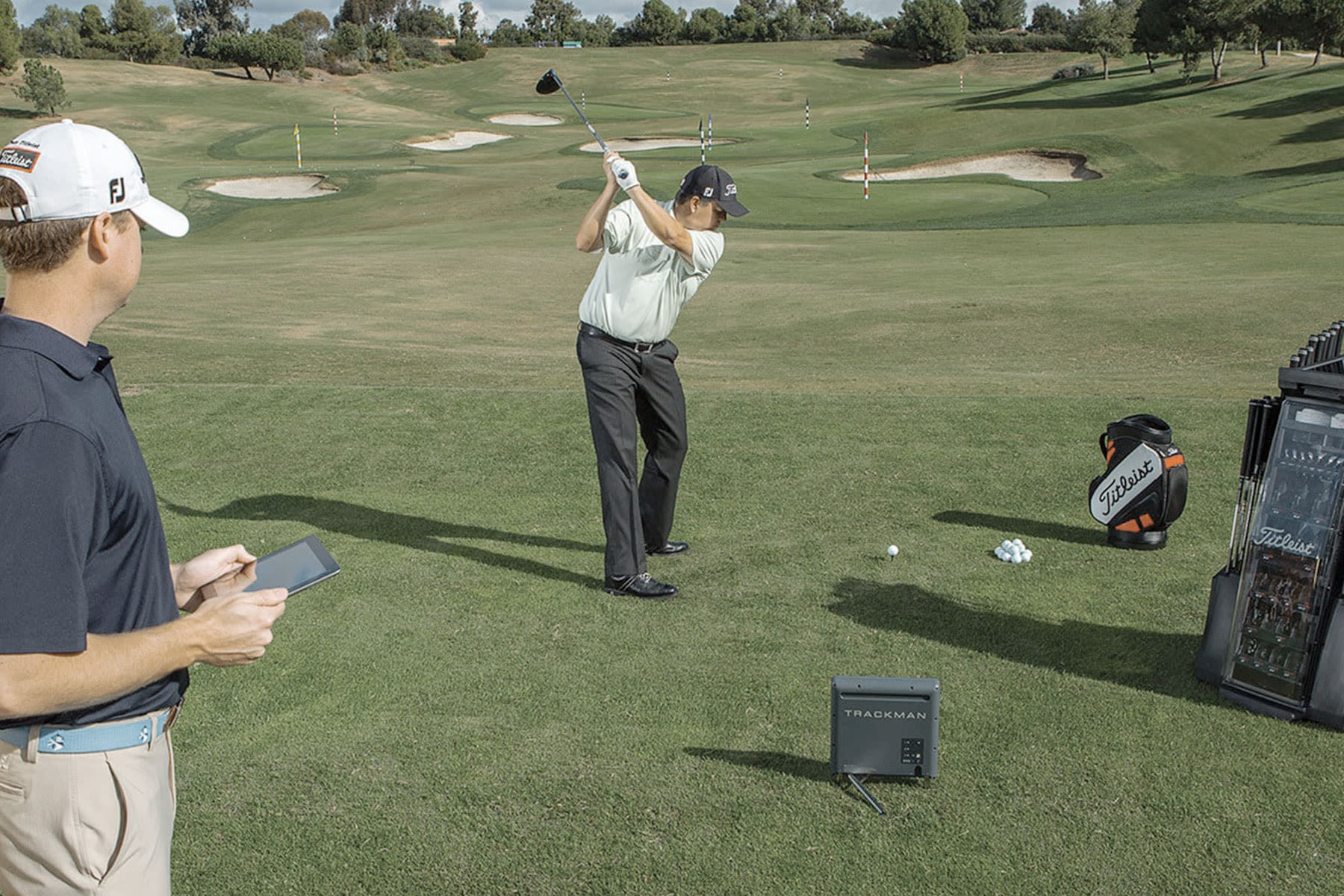Equipment
Getting the proper fit is worth the investment
By Christopher Foley, PGA
Published on

Every golfer hopes that the brand new golf equipment they purchase will make their game better. Buying the latest and greatest new driver or set of irons is what will take their scores from the mid-90s into the 80s. Sometimes that happens. Unfortunately, too many times, scores and games remain the same.
The reason that new equipment doesn't improve a player's game isn't necessarily the equipment. New technology is wonderful. Golf clubs today are definitely easier to hit and go further than just a few years ago. The problem lies in the fit. Without the right fit, a player will compensate with their swing. The right fit will give the best chance for an optimal swing.
Here are some equipment considerations that can impact ball flight:
Length
The length of club a player should use is determined by a combination of a player's height and the length of a player's arms. The length of a club influences how consistently the player can return the club to impact. Without a proper length club, it is difficult to have a correct posture. Without correct posture, or balance, the player will seek balance during the swing and change the path of the golf club.
Shaft Flex
The shaft is the engine of the golf club. A shaft is simply a timing device that allows a player to square up the clubface at impact. When the shaft flex does not match a player's swing, it will affect both the trajectory and curvature of the ball. The correct shaft flex in a golf club will maximize distance and tighten shot dispersion.
Lie Angle
The lie angle of the club is the angle of the shaft of the club relative to the sole and the ground, and has a huge influence on ball flight. If a club is too "flat," the toe of the club will impact the ground and the ball will push to the right (for a right handed player). If the club is too "upright", the heal of the club will impact the ground and the ball will pull to the left.
Loft
The loft of the club influences the trajectory of ball flight. Trajectory effects distance. In irons, lofts are somewhat standard. However, within a set of irons, the loft needs to be calibrated correctly so that the distances from club to club are consistent.
Loft is extremely important with drivers. To optimize distance, a player must have the correct loft on the driver. It is a commonly held misconception that less loft equals more distance. The belief is that if the ball is hit lower it will roll more and go farther. In truth, with optimal trajectory, the ball carries farther, rolls less, but overall distance is greater. The longest hitters in golf launch the ball very high.
Grip Size
The handle size of the club affects the amount of hand rotation. Correct grip size allows a player to square the clubface at impact. If a grip is too large, it inhibits hand rotation and promotes a slice. Grips that are too small increase hand action and promote a hook.
Luckily, club fitting has become prevalent in the last several years. Every major club manufacturer offers custom fit clubs and most golf professionals are capable of club fitting, which should be done outdoors. Best of all, custom fit clubs are the same price as "off the rack" clubs.
If you are considering buying new clubs, take the time to go through a club fitting. With the investment that must be made in golf clubs today, it is foolish not to be fit. Give yourself the greatest opportunity for success.
Wherever your golf journey is heading, let’s get you there. There are nearly 29,000 PGA Professionals ready to help. Find yours at pga.com/journeys.
